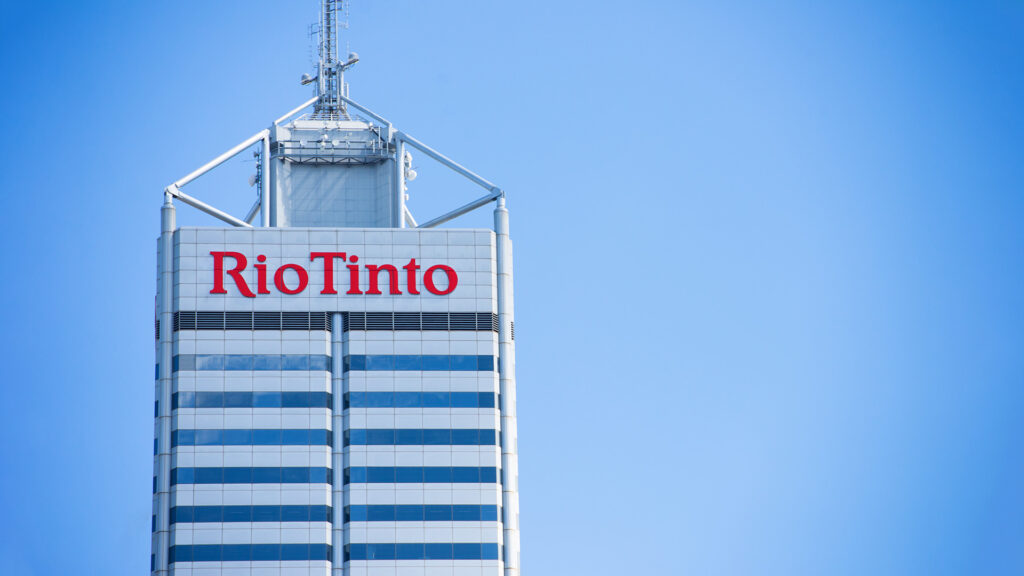In the September quarter, Rio Tinto (ASX:RIO) once again secured its position as the world’s largest iron ore shipper. Meanwhile, Vale, its Brazilian rival, reclaimed its title as the largest miner for the three-month period.
While Vale’s production increased, a significant portion of it was directed towards its pellet business, causing its ore exports to lag behind those of Rio and only slightly surpass BHP’s exports in the three months ending on September 30.
During the three months ending in September, Vale produced 86.2 million tonnes of iron ore, although this figure could have been approximately 2 million tonnes higher if not for a production hiccup at one of its Brazilian mines. This surpassed Rio’s 83.5 million tonnes for the quarter (on a 100% basis) and significantly exceeded BHP’s 69.4 million tonnes (on a 100% basis).
Over the nine months leading up to September, BHP produced approximately 185 million tonnes (on a 100% basis), while Vale produced 231.755 million tonnes, trailing behind Rio’s 244 million tonnes.
In the crucial sales category, Rio clearly dominated for both the quarter and the first nine months of 2023. Rio sold 83.9 million tonnes in the quarter and 245.5 million tonnes in the three quarters ending on September 30. This outperformed Vale, which managed to sell only 69.7 million tonnes of fines for the quarter (along with 8.6 million tonnes of pellets) and 178.9 million tonnes of fines for the nine months (plus 25.5 million tonnes of pellets during the period).
Regarding price, BHP reported an average price of around $US98.04 per wet metric tonne for the quarter, while Vale’s average was approximately $US92.60 per tonne. As for Rio, it stated that the price of 62% Fe fines delivered to northern China averaged $US114 for the quarter, though it did not provide a specific price for its exports, unlike its two major rivals.
Rio clarified the pricing variations in its quarterly report, explaining that around 10% of sales over the nine months were priced based on the previous quarter’s average index, lagged by one month. The remainder of the sales used various pricing methods, including the current quarter average, current month average, average of two months, forward month, or the spot market. Approximately 26% of sales over the nine months were made on a free-on-board (FOB) basis, while the rest were sold with freight included.
Got it?

